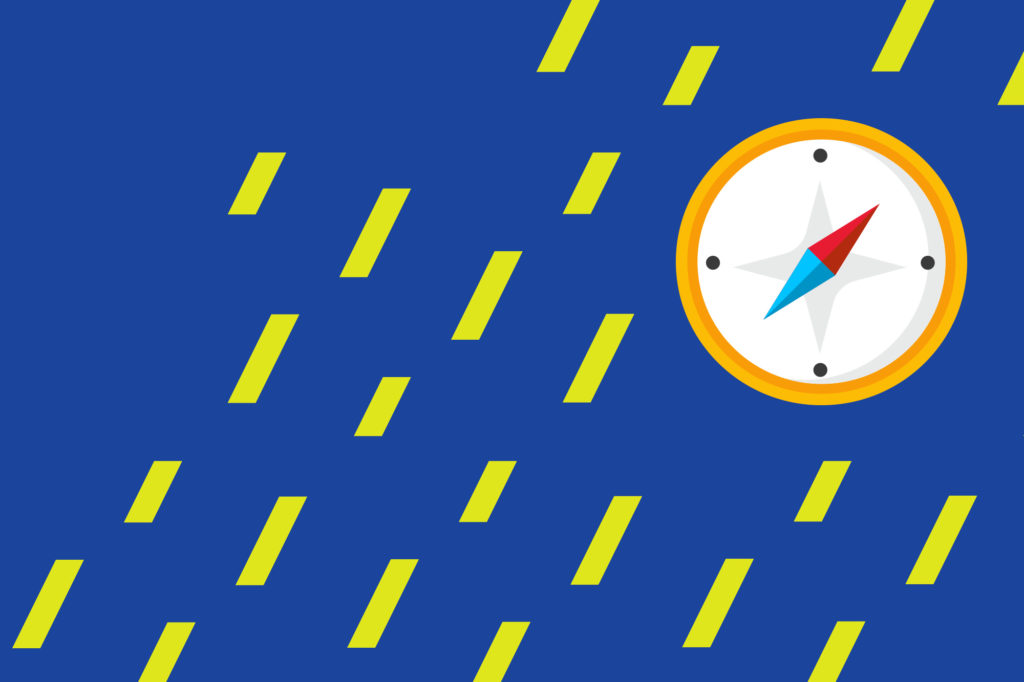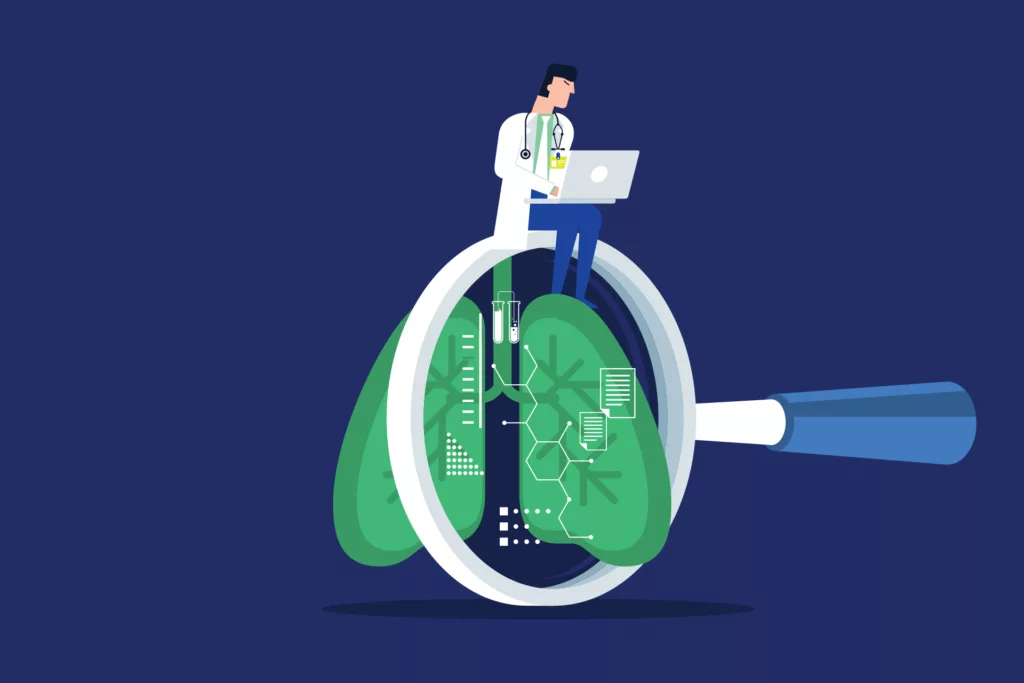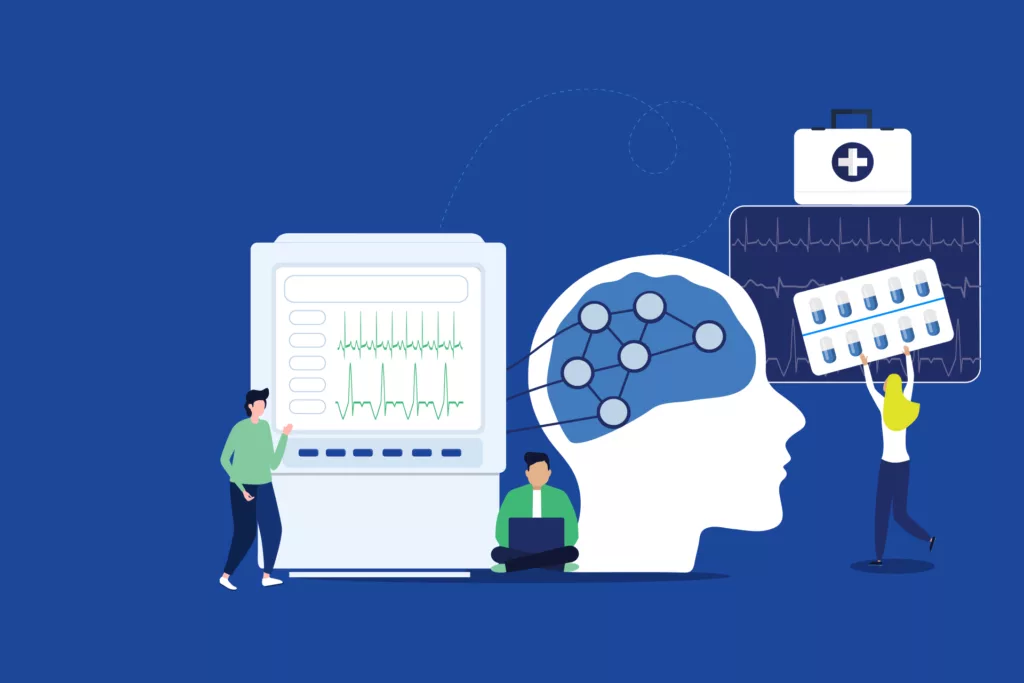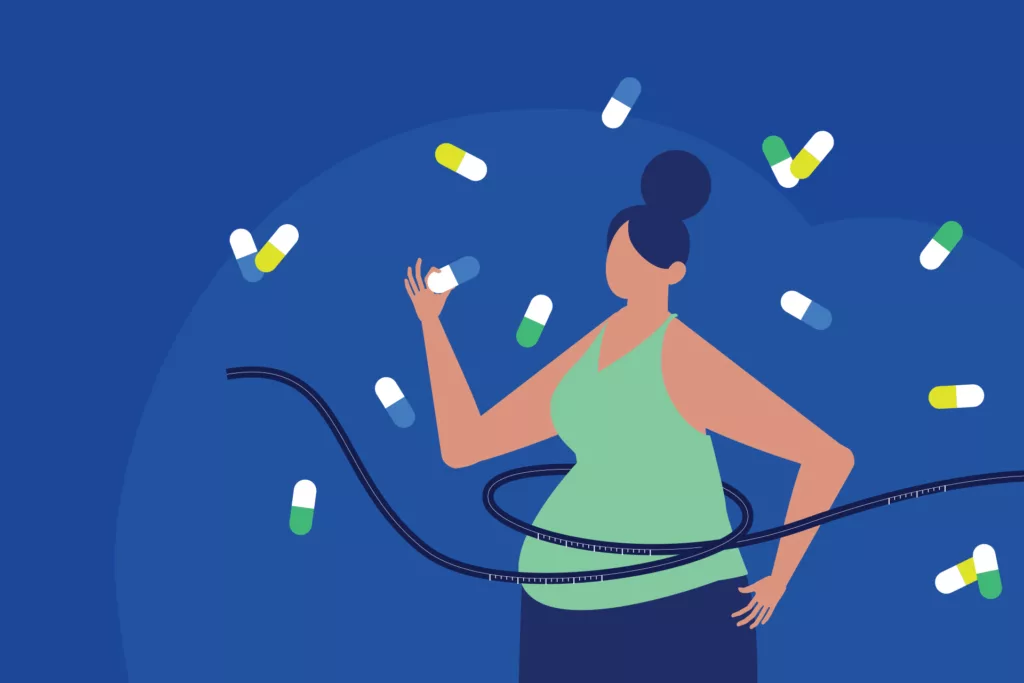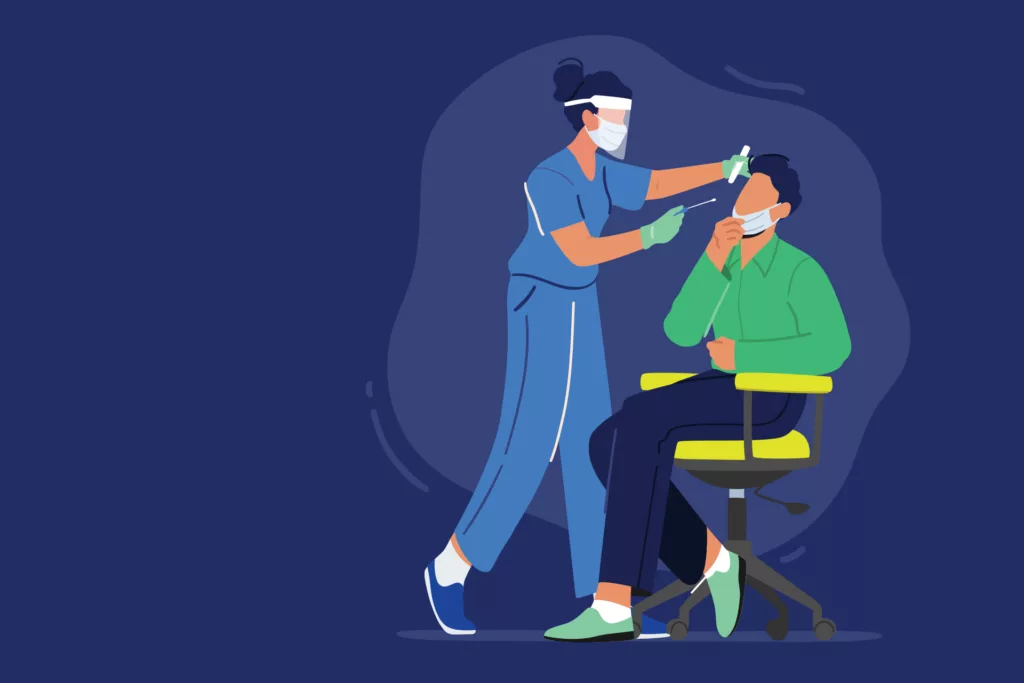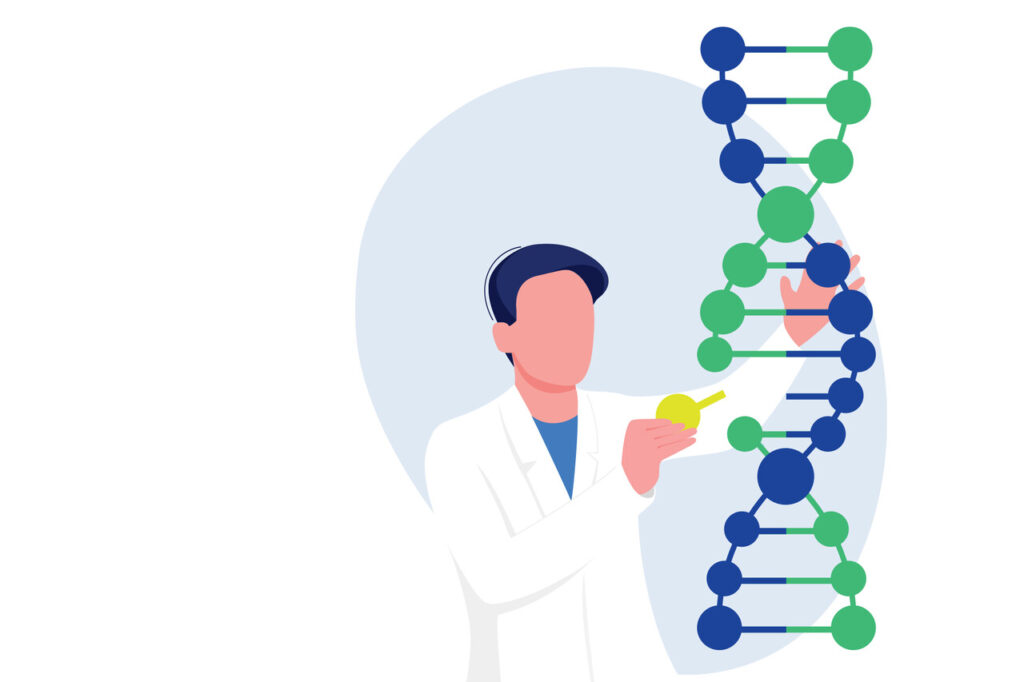Executive Summary
Today, generics are widely available and more regulated, with improved quality compared to that of the not-so-distant past. The savings from generic drugs has surpassed $265 billion since 2008, and ninety-three percent (93%) of generic prescriptions are filled at a cost of twenty dollars ($20) or less. Unfortunately, not all treatment categories have low cost generic alternatives, and high-cost brand drugs and new and innovative brand drugs continue to be prescribed which results in lower patient access, higher prescription abandonment rates and compromised treatment outcomes.
Pharmaceutical pricing is a complex world that even the most experienced people in health care know little about. The reality is that when most patients see the word “generic” they believe they will be paying the lowest out-of-pocket cost. Most patients cannot differentiate between a generic and an AG. Pharmaceutical manufacturers use many tactics to delay and limit generic drug launches in order to reduce influence on the original brand product market share and profits, especially for blockbuster brand products. One such tactic, the pay-for-delay deal, is very common in our industry today. Brand manufacturers also launch AG’s to delay or limit a generic drug’s release into the market. In most cases, the release of and AG allows the original brand drug manufacturer to compete with an approved generic in the exclusivity period
Introduction to Generics
The “American Patients First” blueprint (the “Blueprint”) to lower drug prices and reduce patient out-of-pocket costs was introduced by the Administration in May 2018. Under the Presidents guidance and fulfilling campaign promises to lower drug pricing, HHS through Alex Azar proposed the Blueprint to address the following issues:
Four key strategies are part of the reform:
- Improved competition
- Better drug pricing via negotiation
- Incentives to lower list pricing
- Lower patient out-of-pocket costs
The entire Blueprint is still under review and HHS has not been directed to implement any actions on pricing yet. Pharmaceutical industry pricing structure is extremely complex, and it is almost impossible to lower drug pricing without shifting patient out-of-pocket costs from drug payments to premium payments. Despite those obstacles, many experts predict that more regulatory change will happen in the next 12 to 24 months for the Medicare Part D benefit.
The Blueprint includes several options to improve patient out-of-pocket drug costs, creating competition by promoting generic and biosimilar drug access. Other options include requiring pharmaceutical manufacturers to lower their drug list prices, so patients receive the benefit of lower net cost drug pricing, or requiring that 100% of drug rebates be passed on to patients at point of sale. These solutions all seem plausible on the surface, but it remains to be seen if they will succeed in practice without additional detail. While parts of the final rule were released that partly clarify the goal, it remains unclear what solution to lower drug pricing and improved access is possible without causing major disruption in other areas impacting patient cost.
Payors (health plans and pharmacy benefit managers) and pharmaceutical manufacturers have been on the hot seat since submission of the Blueprint. A handful of drug manufacturers reacted quickly by lowering brand drug prices. However, like most actions in the health care industry, their efforts were vague and unclear. Most manufacturers initially responded making statements that they would lower brand drug pricing, but then only lowered pricing on brand drugs that are hardly used today. Others did not react at all or proceeded to increase prices. Despite any positive changes made in the short term, it remains true that overall, brand drug pricing continues to increase to unsustainable levels, ultimately lessening patient access and leading to poor outcomes and additional costs. Generic manufacturers are playing a role as well by keeping generic drug pricing artificially high. In some cases, generic pricing is almost as high as the price of the original brand product.
For more than 50 years, the U.S. Government has played a significant role by passing laws making generic drugs safer and developing manufacturing pathways for generic drugs and biosimilars, to create competition that lowers patient out-of-pocket costs. These laws have improved the generic manufacturing process, making generics safer, more affordable and more accessible to all patients.
In 1962, the Food and Drug Administration (FDA) amended the Federal, Drug, and Cosmetic Act (the “FDCA”, originally passed in 1938) to require drug manufacturers to test and prove drug safety and efficacy for both brand and generic drugs. The change required generic companies to wait for a brand drug’s patent to expire before they could begin testing a generic alternative.
Due to this requirement to wait for patent expiration, over time, generic companies began to aggressively challenge brand patents and where successful, launched their products quicker – sometimes prior to the brand drug’s patent expiration date. However, in 1984, the Drug Price Competition and Patent Term Restoration Act (aka Hatch-Waxman Act) was signed into law. The new law strengthened brand drug protection and added a period of exclusivity, restoring the patent life for branded drugs and encouraged generic drug entry into the market only after patent expiration. Essentially, this change created the foundation for the competition between brand and generic manufacturers that exists today. However, an unintended consequence of the many amendments to the FDCA, is that brand manufacturers have used loopholes and exceptions, including the competition-limiting pay-for-delay tactics, to keep drug prices high, limit patient access and diminish clinical outcomes.
The Controversy
Controversy in the brand and generic drug space is not new. Generics have been on the market since the 1920’s, when generic versions of Bayer Aspirin hit the pharmacy shelves. However, the release of Aspirin generics did not come without the brand manufacturer Bayer fighting to keep the generics off the shelf. Fast forward to 2019, not much has changed. The courts are swamped with patent litigation cases and the deep pockets at big pharmaceutical manufacturers often settle with generic manufacturers to keep generics and biosimilars off the pharmacy shelves. This practice is called pay-for-delay.
Another method brand pharmaceutical manufacturers use to delay competition and to maintain drug revenue is an older tactic that limits generic competition and keeps generic pricing high when a generic drug is approved for a branded product. This method is for the manufacturer to release an “Authorized Generic”, also called an “AG”. AG’s have a lower net cost than the brand drugs, but not as low as the pricing typically seen when there are multiple generics competing in the marketplace. This allows the brand drug manufacturer to maintain utilization and revenue.
In 1978, Amoxil (Amoxicillin) was one of the first Authorized Generics released. More and more manufacturers are releasing Authorized Generics for their popular and extremely lucrative brand drugs in response to the changing regulatory environment of the FDCA. Manufacturers like Gilead, who in 2019 released AGs of their popular Hepatitis C drugs years before their patent expiration. We predict the number of AG’s released will continue to grow as the pharmaceutical manufacturers feel the pressure to lower patient out-of-pocket costs, since AG’s limit generic competition and slow price erosion when generics are released.
Pharmaceutical pricing is a complex world that even the most experienced people in health care know little about. The reality is that when most patients see the word “generic” they believe they will be paying the lowest out-of-pocket cost. Most patients cannot differentiate between a generic and an AG.
The Differences
A generic drug is the same as an approved original brand name drug. Generic drugs have the same active ingredients (inactive ingredient differences are permissible), strength, indications, dosage forms and are manufactured under the same strict standards as the original brand name drug. Generic companies must seek the approval from the FDA through an Abbreviated New Drug Approval (“ANDA”).
An ANDA applicant is not required to provide additional or independent evidence of the safety and effectiveness through animal or human studies of the proposed generic; they rely on the FDA’s approval of the original brand name drug’s safety and effectiveness. The ANDA pathway significantly reduces the approval cost of generic drugs allowing for a lower-cost product. And, when more generics are released for any particular brand drug, pricing lowers quickly through market competition. Part of the Hatch-Waxman Act requires the FDA publish a list of drugs approved through the new drug applications (NDA) and the ANDA pathway. The Orange Book and its monthly supplements satisfy this requirement. October 1980 was the first publication of the Orange book. Today the Orange Book is available on the FDA’s website, making generics easy to identify.
An AG is an approved brand name drug that is marketed without the original brand drug name on its label. Other than excluding the label name, an AG is the exact same product as the original brand product, although the color or the drugs markings may be different from the original brand product. AG’s are often marketed by the original brand product manufacturer or another company selected by the original brand manufacturer with specific permission to market that particular AG. The manufacturer may choose to sell the AG at a lower cost than the original brand drug.
Since AG’s are marketed under the original brand products NDA, the FDA is not required to list AG’s in the Orange Book. In response to this, on September 27th, 2007, the Food and Drug Administration Amendments Act (FDAAA) was passed, requiring the FDA to publish a database of AG’s. The list of AGs’ is also located on the FDA’s website, but the number of approved AG’s is large, especially because each strength is marketed as a unique AG. Additionally, the list does not always provide useful information such as the actual date the AG entered the market, or information about whether the AG is no longer being marketed. That information may only be accessible in the drug manufacturer’s annual report.
Why Do Authorized Generics Exist?
In the U.S., a new drug patent is protected for 20 years, theoretically giving manufacturers plenty of time to recoup their research and development costs. However, most patent protections begin prior to clinical trials, and because Phase I to III clinical trials can take ten or more years to complete, this lag reduces the time a pharmaceutical manufacturer has to generate revenue on a drug. As a drug reaches the end of its patent period, generic manufacturers begin the process of securing the rights to develop a generic version of the original brand product.
Generic manufacturers also contribute to higher prices for generics drugs when they are first released. Under the Hatch-Waxman Act, the first generic ANDA filer is granted a 180-day exclusivity period by the FDA after its generic product is launched. The FDA is not permitted to approve any other generic manufacturer ANDA during the 180-day exclusivity period. As a result of this restriction, the generic manufacturers can keep the generic drug pricing artificially high during the exclusivity period.
Pharmaceutical manufacturers use many tactics to delay and limit generic drug launches in order to reduce influence on the original brand product market share and profits, especially for blockbuster brand products. One such tactic, the pay-for-delay deal, is very common in our industry today. The practice is, an original brand product company offers to pay the generic manufacturers to postpone the launch of their copycat drug. Pay-for delay is not illegal but the Federal Trade Commission (FTC) has expressed their disapproval of the pay-for delay practice, which is expanding. According to the FTC, pay-for-delay deals cost consumers $3.5 billion annually, because patients are stuck paying higher out of pocket prices for branded drugs for longer periods of time.
Countries like the United Kingdom (UK) are addressing the pay-for-delay practices with regulatory activity. Their Competition and Markets Authority (CMA) is fining manufacturers that engage in the pay-for delay-practices.
Brand manufacturers also launch AG’s to delay or limit a generic drug’s release into the market. In most cases, the release of and AG allows the original brand drug manufacturer to compete with an approved generic in the exclusivity period. In 2015 a market research firm, Cutting Edge Information, published information showing a 5,000 percent return-on-investment (ROI) for original brand manufacturers that implemented an AG strategy. In 2019, Gilead released AGs for their most popular Hepatitis C agents prior to their patent expiration or generic manufacturer competition to compete with another brand competitor, AbbVie’s low net cost Hepatitis C agent. As pressure continues to build for Pharmaceutical Manufacturer’s to lower drug prices, many believe more manufacturers will employ and AG strategy at or prior to patent expirations to maintain drug market share and revenue. Lilly recently released an AG for their popular Humalog product to relieve pressure brought in the Senate Committee hearings over the significant price increases for insulins that have occurred over the past 5 years.
A 2011 report published by the FTC highlighted that generic prices are 4-8 percent lower when an authorized generic is released in the 180-day exclusivity period. However, the retail price of a typical generic agent or AG is still significantly higher, resulting in higher patient out-of-pocket costs. Brand manufacturers take huge price increases in the years leading up to their patent expiration resulting in higher AG and generic pricing at launch. Most generics are priced anywhere from 60%-85% of the original brand product price.
Americans have seen unprecedented increases in generic drug pricing over the past two years, resulting in patients paying higher out of pocket costs and payers dealing with a higher generic drug spend. Prescribers are dealing with angry patients, and although many Pharmacy Benefit Mangers (PBM) promote studies that show lower drug trends and better outcomes, more and more patients are skipping doses or declining to take their medications entirely, all because of increased drug prices. PBM spread pricing and below acquisition cost reimbursement to the pharmacies also adds to the problem.
The entire healthcare industry, and most importantly patients, are negatively affected by the pharmaceutical manufacturer’s control on generic drug launches, timing and expansion of competition, and margin preservation by launching AG’s. The pay-for-delay tactics of releasing AG’s, limiting competition and allowing generic manufacturers to maintain high prices that are comparable to their original brand product counterpart or the AG cause access issues, as drugs are no longer affordable for patients. Medical bills are the leading cause of bankruptcy in the U.S., and drug pricing is front and center. The current system is broken!
How Do We Fix It?
The solutions are complex for most payers and are not one-size-fits-all. Most payers are forced to employ multiple strategies to address AG’s, high-priced generics, and pay-for-delay tactics, such as designating high cost generics and AG’s as Non-Formulary or not covered, tier shifting, changing the traditional drug tiering and/or moving these high cost agents to a higher tier. In some cases, payers can lower the original brand tier to encourage drug manufacturer couponing and employ complex Maximum Allowable Cost (MAC) reimbursement strategies to combat spread profits and sustain affordable patient access. This phenomenon of rising drug prices in the U.S. can be corrected. To do this, all stakeholders must be aligned in bringing value to the patient by creating and allowing competition, releasing and allowing lower cost biologic drugs (biosimilars) and eliminating the pay-for-delay tactics that allow manufacturers and PBMs to profit at the expense of the patient.
References
- https://www.hhs.gov/sites/default/files/AmericanPatientsFirst.pdf
- https://www.pharmacytimes.com/contributor/karen-berger/2018/05/the-fda-generics-and- differentiating-authorized-from-branded-types-
- https://www.fda.gov/drugs/developmentapprovalprocess/howdrugsaredevelopedandapproved/approvalapplications/abbreviatednewdrugapplicationandagenerics/ucm126389.htm
- https://consumer.healthday.com/encyclopedia/drug-center-16/misc-drugs-news- 218/history-of-generic-drugs-646390.html
- https://cen.acs.org/articles/92/i39/30-Years-Generics.html
- https://accessiblemeds.org/sites/default/files/2018_aam_generic_drug_access_and_savings_r eport.pdf
- http://www.lachmanconsultants.com/2018/04/guess-how-many-authorized-generics-have- been-reported-to-fda/
- https://www.fda.gov/drugs/resourcesforyou/consumers/buyingusingmedicinesafely/genericdr ugs/ucm167991.htm
- https://www.globenewswire.com/news-release/2015/12/04/1180907/0/en/Drug-Industry- Study-Finds-a-5-100-ROI-for-Implementing-Authorized-Generics-Strategies.html
- https://www.ftc.gov/sites/default/files/documents/reports/authorized-generic-drugs- short-term-effects-and-long-term-impact-report-federal-trade-commission/authorized-generic- drugs-short-term-effects-and-long-term-impact-report-federal-trade-commission.pdf
- http://www.ncpa.co/pdf/elsevier_wp_genericdrug.pdf
